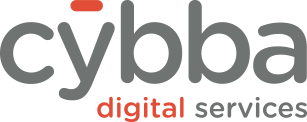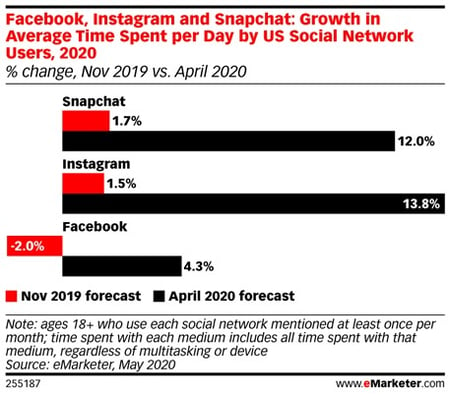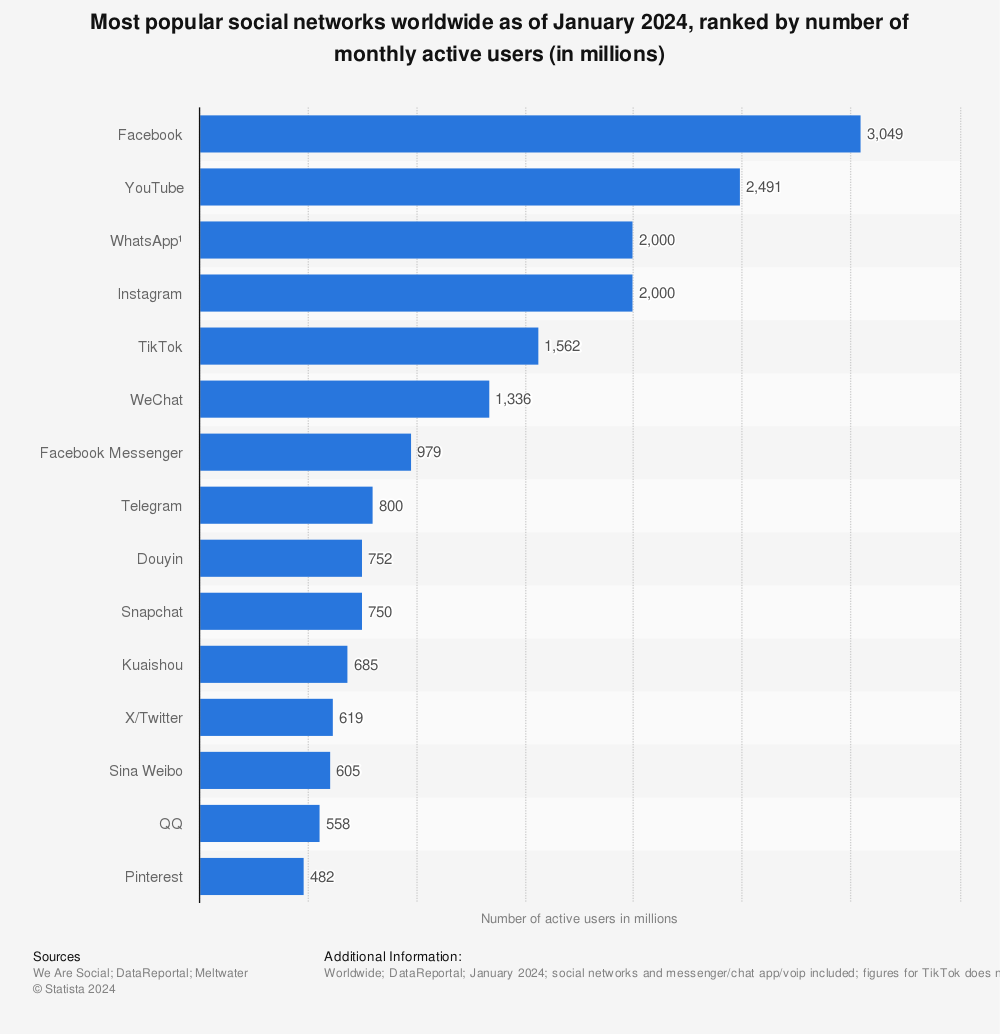Every year there’s more reason to invest in social media. New networks rise in popularity and new features, tools, and apps are announced. In fact, new social networks come out...
EVERY. SINGLE. DAY. 🤯
Most of which will never gain traction.
Record usage and the integration of eCommerce into social media activity make it an integral piece of any digital strategy.
There are many networks to choose from, so deciding which one to invest in requires careful planning and evaluation of the strengths and limitations of each.
Lucky for you, we did all the heavy lifting to determine which platforms are the best to invest in.
These are the best social networks to invest your ad money in 2021:
Some additional links to get you started:
- Are Your Facebook Ads Working For You? Or Are You Working for Them? [Blog]
- Facebook Advertising 101 [Guide]
- Supercharge Your Paid Ads with 5 Proven Targeting Tactics [Blog]
- 4 Tips to Optimize Facebook for Reach & Conversion [Webinar]
- Using Social Media to Grow Your Fashion Brand [Podcast]

Considered the king of all social networks − with over 2.7 billion users, Facebook provides unparalleled reach to the most diverse audience on the internet.
No matter how niche or specialized your vertical, your ideal customer can be reached here. If looking to target users by their demographics, interests, or brand affinities, this is a great place to start.
However, as a result of this popularity, the competition and CPMs will be higher on Facebook than on other platforms. Without clearly outlined goals for your ads, supported by a data-driven strategy, it’s easy for your ad to get lost in the shuffle.
Take advantage of Facebook’s sophisticated audience targeting capabilities to make sure your ads reach the right users.
Facebook Carousel Ad
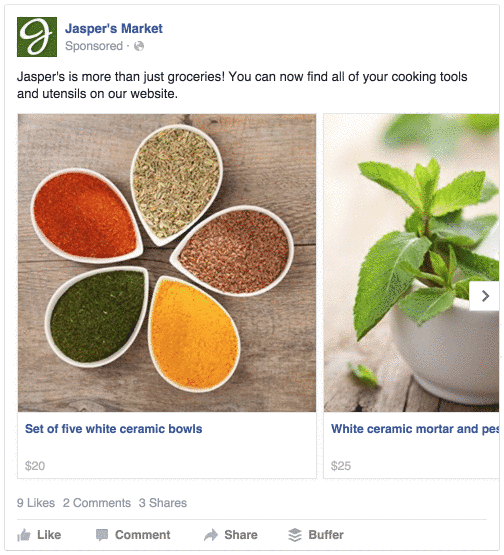
Facebook offers a diverse range of ad placements and formats:
- Carousel Ads: Multiple images in a series that can be scrolled through. They’re best used to display products that have more than one visual component.
- Slideshow Ads: A great substitute if you don’t have any video assets. They are made up of 3 to four images that cycle throughout one ad.
- Collection Ads: Full-screen format and best for promoting a product line or a series of merchandise.
- Facebook Dynamic Ads: Customized ads through machine-learning that allows you to reach your desired audience.
- Facebook Instant Experiences: Instant Experiences are made up of multiple media formats: one video, with a series of images and text. Its multi-media composition, speedy load times and interactive UX delivers a brand experience you can’t really get anywhere else.
Facebook ads can be used to generate brand awareness, drive website traffic or – with the use of lead form ads – as a direct response channel. With just one click, users are able to shop for products, submit forms, and request information from businesses directly within the Facebook app.
Brands can add custom form fields to get the most important information needed to qualify a customer, or to gather feedback. Required fields like name and email address can auto-populate, pulling information straight from a user’s profile to streamline the transaction process.
Facebook Lead Form Ad
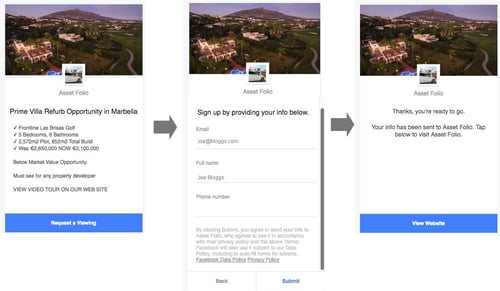
Instagram
“The ‘Gram” or “Insta,” as it’s affectionately known, is owned by Facebook and has many of the same benefits and capabilities. It has extensive reach, a wealth of data to reach the right type of user, and is the fastest growing of all the networks.
If your target customer is younger, Instagram may be the best network for you to advertise with. 75% of 18 – 24-year-olds have an Instagram account, and they use it to engage with both individuals and brands. In fact, 90% of Instagram users follow at least one business account.
Instagram is all about compelling visuals. Users are more interested in user-generated content and digital media than their Facebook counterparts where direct communication is favored.
Images posted on Instagram get 23% higher engagement rates than on Facebook. If your brand has a strong visual identity and access to effective video, static, or animated imagery, you’ll find Instagram to be a good fit. Let your creative skills do the selling!
Instagram offers many of the same ad types as Facebook, but differentiates itself from Facebook with Instagram Stories. Instagram Stories are a series of short sequential narratives in a full-screen vertical format that can be visually displayed with either photos or videos. 96% of advertisers that have used Instagram stories plan to use them again.
Why are they so popular? The 15-second run time is ideal for keeping Instagram users engaged.
The flexible format allows marketers the creative freedom to explore new and exciting ways to interact with an audience. Customers can participate in audience polls, provide feedback with instant emoji and chat stickers, and shop for products by simply swiping up or tapping on a tagged product.
Instagram Stories Ad
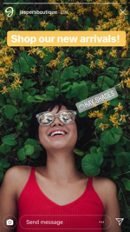
You can also advertise in the “Explore” area of the Instagram homepage. This is a great option for lesser known brands that want to get in front of people who are looking for new content, products, and brands to follow.
Brands can advertise on the Explore page with photos, videos, or Stories which appear in a grid format. The Explore ad links to the advertisement post on the brand’s page where the user can access the brand website or make a purchase directly through the Instagram shopping app.
Instagram is fast becoming an all-in-one commercial hub – one where you can go to keep up with friends and family, discover new ideas and media, browse for products, or watch TV.
It is a great platform to reach new and existing audiences, and ideal for brands that want to add branded multimedia experiences into their overall marketing strategy.
Even if you don’t feel it’s the right platform for your business, its unique and experience-driven features make it a worthwhile channel to keep an eye on.
Instagram Explore Ad

Pinterest is unique. It’s visual, like Instagram, but unlike Instagram, it is highly targeted toward women with an 81% female user base. With 175 million monthly users, it’s also an incredibly active platform.
Advertising data is a bit more difficult to find with Pinterest. Not too long ago, ads were very expensive at $30-40 per 1,000 impressions and only available to big brands.
More recent reports indicate that users are experiencing more affordable rates, with one user citing a CPM of $5.30 and a CPC of $1.52, which would put Pinterest in a similar ballpark to other platforms.
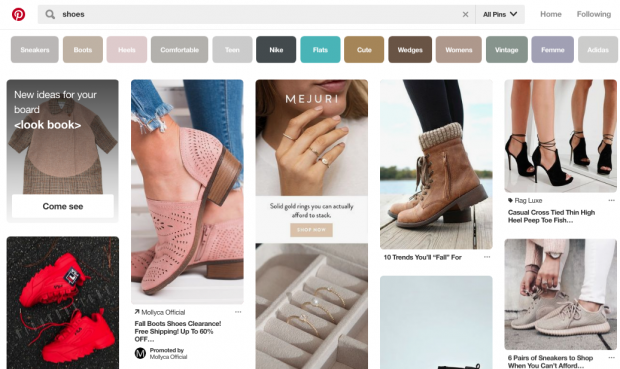
Some things to keep in mind:
- Creativity sells: Users are looking through hundreds of pins in rapid succession. If you want to get noticed, you need to stand out, either through pure creativity or creative attention grabbing.
- Focus on trends: What are competitors posting? What searches are trending? What products are hot?
- Engage with your followers: Repin your fans and use curated repins to expand your audience and tap into larger audiences.
- Be detailed: Pinterest is essentially a search engine. Include long, detailed descriptions with keywords and hashtags.
- Be very intentional about where your pins are linking: The click-through destination will determine whether or not you waste the click or turn it into a lead or sale.
With over 500 million members, LinkedIn is the most popular professional network. Its high-value audience and career-minded users make it an essential channel for B2B brands. What sets it apart from other social networks is that users are more keen to regularly update their profile information.
This means that data used to target audiences is more reliable and accurate.
LinkedIn enables some of the most granular targeting available on the web, so you can narrow your audience down to the exact decision-maker or buyer. You can target by location, job title, industry, company, demographics, education, employment history, or interests.
With LinkedIn’s Matched Audiences, brands can target users from uploaded contact lists or create audiences based on interactions with their social content or website. This is ideal for nurturing leads or account based marketing initiatives.
The platform includes advertising options like Newsfeed Ads, Message Ads, Dynamic Ads, and Text ads.
- Message Ads (previously known as “In-Mail”) achieve impressive engagement rates because of the direct placement inside users’ inboxes. Since this is a direct. communications technique, we recommend serving this type of ad to individuals who are already aware of your company.
- Text Ads are exactly what they sound like: ads consisting of hyperlinked text to the brand’s website with a brief description and a company logo or other image next to it.
- Newsfeed Ads are standard sponsored ads with a native look and feel. They appear on the feed like organic posts.
- Dynamic Ads automatically pull users’ profile information to personalize and contextualize the messaging, creating effective one-to-one communication. Ads with users’ profile pictures, names, and job titles will certainly grab some attention.
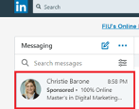
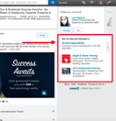
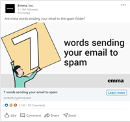
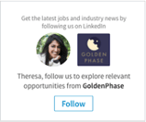
Message Ad Text Ad Newsfeed Ad Dynamic Ad
Using LinkedIn to grow brand awareness can have a greater direct business impact than other networks. A like, follow, or share is more meaningful here than on other networks since you can get in front of users who you’ve specifically identified as a good fit for your brand.
The network is built on thought leadership and a community of academia, so promoting valuable content like eBooks, blogs, guides, and webinars, is encouraged.
If conversions are your ultimate goal, LinkedIn, like Facebook, also has its version of an in-app lead form which makes downloading content and capturing leads easy for everyone.
YouTube
YouTube is the world’s second largest search engine and social network with 2 billion active monthly users. It’s also the largest video sharing platform to date.
Video is the preferred medium for consuming content, so investing in a YouTube marketing strategy can pay off in dividends. Since YouTube ads are not usually a direct response tactic, you may not see a monetary impact right away.
But, if your video ads are clever and create emotional connections with consumers, YouTube can be the most far-reaching and effective method to generate a positive brand image.
If you use Facebook and Instagram to connect with your audience more informally, use a more educational tone with your YouTube ads and organic posts.
Over half of YouTube users use the platform to educate themselves about something they’re interested in, so use this channel to publish testimonial interviews, product demonstrations, or behind-the-scenes videos. With 72% of consumers more likely to learn about a product or service through video, video elicits greater engagement.
This will help reinforce brand loyalty and build an interactive community.
YouTube offers TrueView, Pre-Roll, and Bumper ad placements.
- TrueView is an ideal placement if you are looking for inexpensive ways to generate site traffic and grow brand awareness. You’re only charged for impressions that result in a click or a video view.
There are two types of TrueView ads:
-
-
- In-stream ads are skippable ads played before a YouTube video begins. They can be anywhere from 12 seconds to 6 minutes long. Since the viewer can skip the ad after 5 seconds, make sure the most enticing part of the ad, with a clearly visible CTA, is shown in the first five seconds. This type of ad charges for each view longer than thirty seconds or for any CTA click.
- Discovery ads appear in search results on the YouTube home page or as a related video on the right-hand side menu where recommended videos appear. You are charged per video click.
-
YouTube Discovery Ad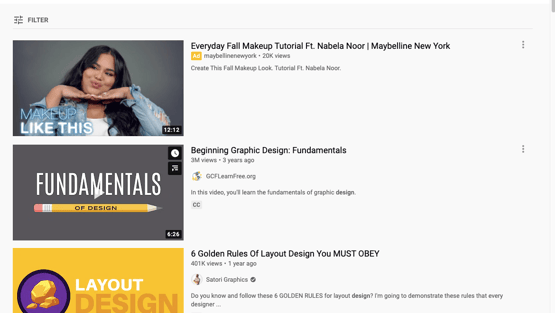
2. Pre-roll ads are non-skippable video played before, during, or after a selected YouTube video plays, and are generally 15 - 20 seconds long. You are charged per click for this type of ad, so it is another cost-effective option guaranteeing a base level of engagement from your ad spend.
3. Bumper ads are six-second non-skippable ads played before a YouTube video. These ads have the shortest duration available. You can use this space to summarize the main selling points of your campaign in just a few seconds with guaranteed views. With such a short window, you may want to use this type of format in a remarketing campaign so you’re reaching users who will immediately recognize your brand.
YouTube Bumper Ad
If you have the video assets available and want to take a more conservative approach with your ad spend, YouTube is a highly recommended channel. Like Instagram, this video-focused platform can be a great way to grow brand awareness, convey a brand story, highlight company culture, or show products in action.
Where do you go from here?
Taking a closer look at these different social networks should help you understand which network is best for your business objectives.
Remember that each platform requires its own dedicated strategy. An ad created for Facebook won’t work in quite the same way on LinkedIn. Everyone consumes information differently and each platform reveals its own insights into user behavior.
For paid social advertising, we recommend starting out small and focused. Test out new channels with small budgets first to find out where you get the most engagement, then continuously refine your target audiences within the networks that hold the greatest opportunity.
Cybba is always here to lend our expertise in paid social strategies. Consult with one of our professionals today to get started!
